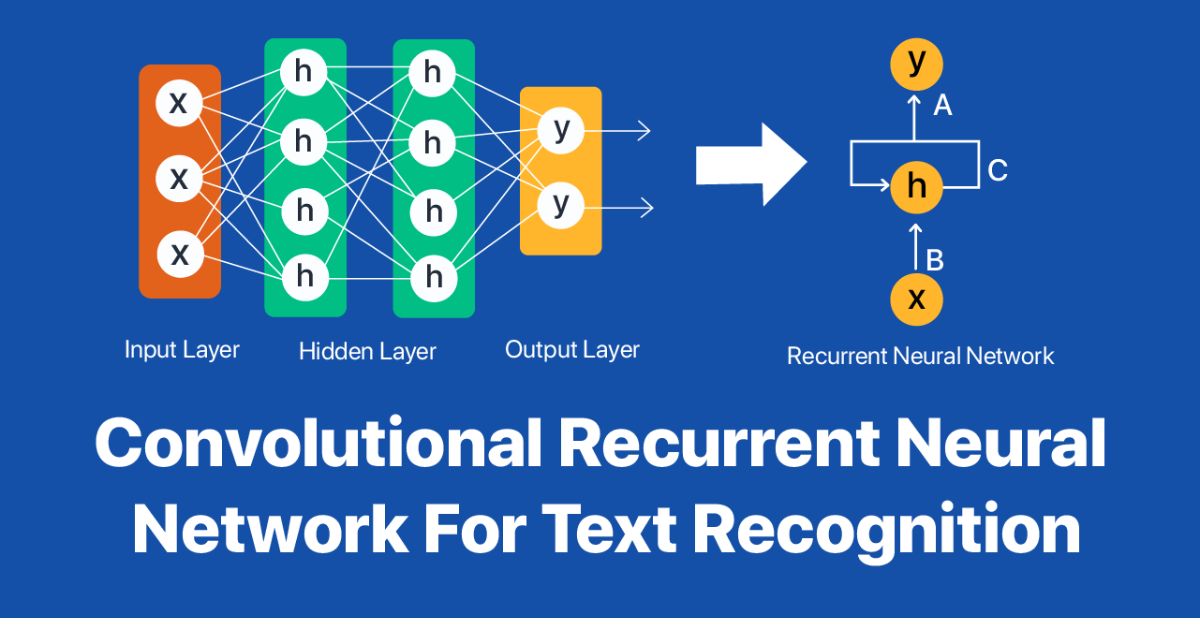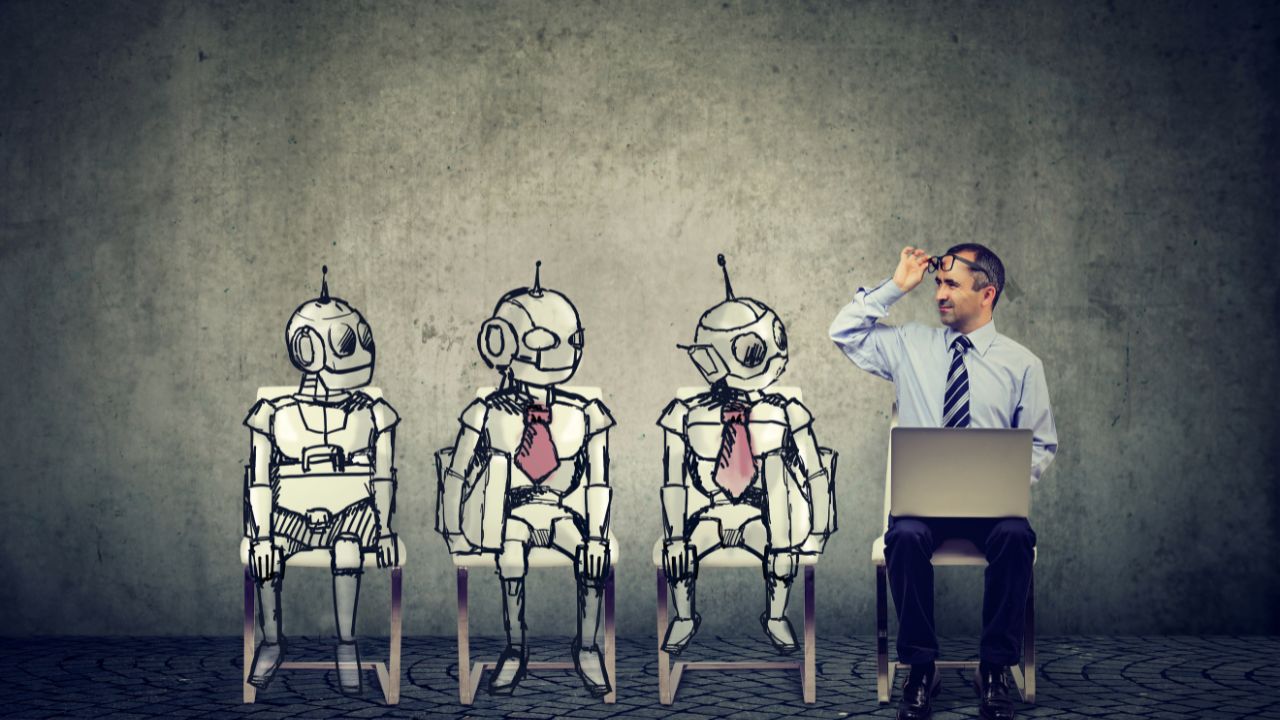How AI Reads Text from Images: Inside the OCR Revolution
October 24, 2025 · 5 min read • #OCR#AI#computer vision#image-to-text#deep learning#automation
In 2025, AI-powered OCR (Optical Character Recognition) has become the silent engine behind automation, accessibility, and data extraction.
What began as a tool for scanning printed documents has evolved into an intelligent system capable of reading, interpreting, and understanding text from virtually any image.
🌐 What Is OCR and How Has It Evolved?
Optical Character Recognition (OCR) is the technology that enables machines to recognize text within digital images, scanned documents, or photos.
Before the rise of AI, OCR systems depended on fixed templates and pattern matching, often struggling with:
- Handwritten text
- Complex fonts
- Noisy or low-quality images
Today, with the integration of AI and deep learning, OCR has evolved into a highly adaptable, multilingual, and context-aware system — a cornerstone of intelligent automation.
Related: How Optical Character Recognition (OCR) Has Evolved with AI
🧠 How AI Sees and Understands Text
AI doesn’t just “read” text — it interprets it.
Modern OCR uses computer vision and neural networks to process visual data in multiple stages.
1. Image Preprocessing
The AI model cleans and enhances the image by:
- Adjusting brightness and contrast
- Removing background noise
- Straightening skewed text
This preprocessing dramatically improves recognition accuracy, even on low-quality scans or smartphone photos.
2. Text Detection and Segmentation
Using Convolutional Neural Networks (CNNs), the AI locates where text appears in the image — even if it’s curved, tilted, or surrounded by objects.
This is similar to how human eyes scan for familiar shapes and patterns.
3. Character Recognition
Once the text regions are isolated, OCR models break them down into smaller components.
Each letter or character is compared against patterns learned during training using deep neural networks.
Modern systems can even handle:
- Mixed fonts
- Handwriting
- Multiple languages
Related: From Pixels to Words: How Machine Learning Decodes Images
4. Natural Language Understanding (NLP)
After raw text extraction, Natural Language Processing (NLP) models refine the output.
They correct spelling, infer missing letters, and interpret sentence structure.
For instance, if OCR reads “Reciept” instead of “Receipt,” NLP models use contextual cues to fix it automatically.
⚙️ Inside the Neural Networks Behind OCR
AI OCR models rely on deep neural architectures that combine visual recognition with language understanding.
Common Model Types:
- CNNs (Convolutional Neural Networks): For detecting shapes, lines, and patterns in visual data.
- RNNs (Recurrent Neural Networks): For processing sequential text data and maintaining word order.
- Transformers (Vision Transformers, BERT): For learning relationships between characters and words in context.
Together, these models deliver human-like accuracy in reading both printed and handwritten content.
Related: The Future of Image to Text Conversion: Smarter AI Faster Results
🧩 Real-World Applications of AI OCR
The impact of OCR extends across industries — transforming how businesses and users interact with visual information.
🔹 Business Automation
OCR automates form processing, data extraction, and document classification.
Companies save thousands of hours by letting AI handle repetitive data tasks.
🔹 Accessibility and Inclusion
OCR powers text-to-speech readers for visually impaired users, converting printed or digital text into audible output.
🔹 Education and Research
Students can instantly extract text from notes, books, or diagrams — speeding up learning and digitization.
🔹 Security and ID Verification
Governments and enterprises use OCR to read and validate IDs, passports, and licenses in seconds.
🔹 Translation and Localization
Combined with AI translators, OCR can translate text directly from images, creating seamless cross-language experiences.
Related: Top 10 Use Cases for Image-to-Text Converters in 2025
🚀 The OCR Revolution in 2025
OCR in 2025 is not just about recognizing text — it’s about understanding documents.
This evolution, often called Document Intelligence, merges OCR with:
- Layout analysis
- Entity extraction
- Semantic comprehension
The result is systems that can read invoices, contracts, or reports and understand their structure, meaning, and intent.
🔒 Privacy, Accuracy, and Edge AI
AI OCR tools today run directly in the browser using on-device machine learning.
This ensures:
- 100% privacy (no data uploads)
- Instant results
- Cross-platform performance
Our AI Image-to-Text Tool offers lightning-fast OCR processing entirely client-side — secure, efficient, and ready for both individuals and enterprises.
💡 Final Thoughts
AI has turned OCR into one of the most transformative technologies of the modern web.
From document automation to accessibility and translation, OCR powered by AI has made it possible for machines to truly read and understand the world around us.
The future is not just about extracting text — it’s about comprehending it intelligently, unlocking endless possibilities for automation and innovation.
🧰 Try It Yourself
Experience real-time OCR powered by AI:
- AI Image-to-Text Tool — Extract text from images, scans, and screenshots
- Image Compressor Tool — Optimize and prepare visuals for OCR
- AI Background Remover — Simplify images for cleaner text recognition
All tools are client-side, ensuring fast performance and total privacy.
Enjoyed this post? React below 👇
Related Posts
 Tools Effectively.jpg)
How to Use OCR (Optical Character Recognition) Tools Effectively
Learn how OCR (Optical Character Recognition) works, what it can do for you, and how to use it effectively with our free browser-based OCR Tool to extract text from images instantly.

AI Compression Algorithms Explained: Smaller Files, Smarter Tech
Explore how AI compression algorithms are transforming data storage, image optimization, and network performance in 2025 — delivering smaller files, faster speeds, and smarter efficiency for the digital world.

AI vs Traditional Algorithms: Who Wins in Image Optimization?
Explore the differences between AI-based and traditional image optimization methods. Learn how deep learning, neural compression, and smart encoding outperform legacy algorithms like JPEG and PNG in 2025.
Frequently Asked Questions
How does AI read text from images?
AI uses Optical Character Recognition (OCR) powered by deep learning to detect and extract text from images. It identifies characters, patterns, and context using neural networks trained on diverse datasets.
What technologies power modern OCR systems?
Modern OCR systems rely on convolutional neural networks (CNNs), transformers, and natural language processing (NLP) to interpret and understand text across multiple languages and formats.
How accurate is AI OCR in 2025?
AI OCR models achieve over 99% accuracy for printed text and up to 90% for complex handwriting, depending on image quality and context.
Can AI OCR extract text from handwritten notes or documents?
Yes. Advanced AI models trained on handwriting datasets can accurately extract cursive and irregular handwriting using deep neural networks.
Where can I try an AI OCR tool online?
You can use our [AI Image-to-Text Tool](/image-to-text) to convert images, documents, and screenshots into editable text directly in your browser.